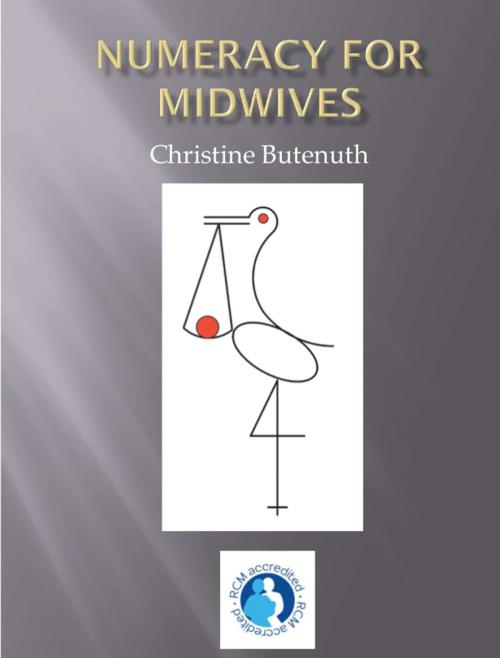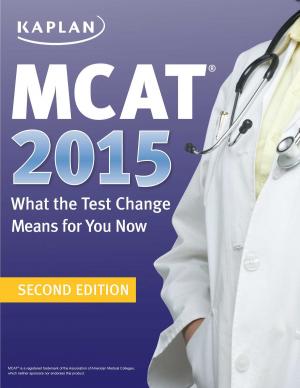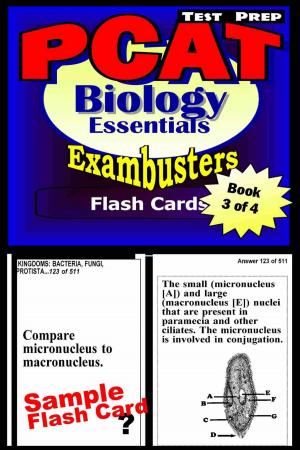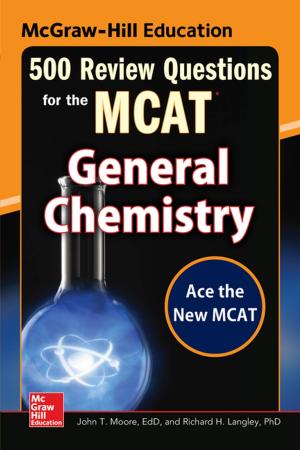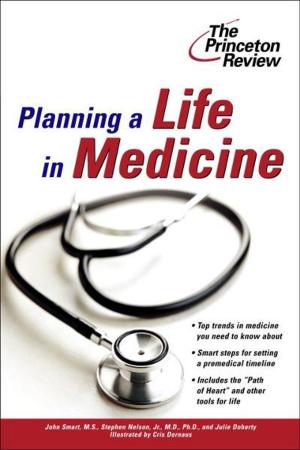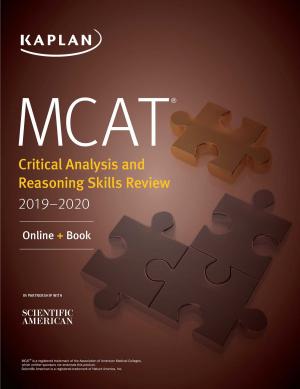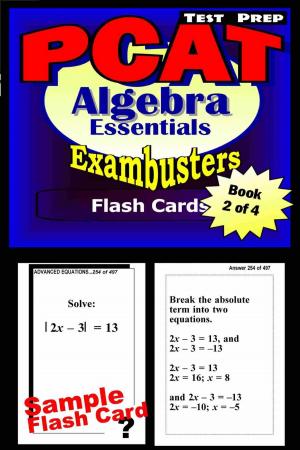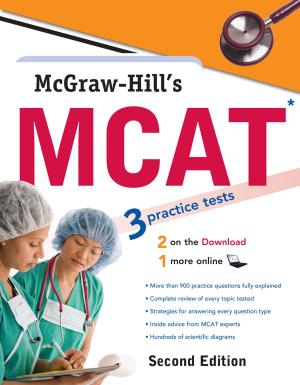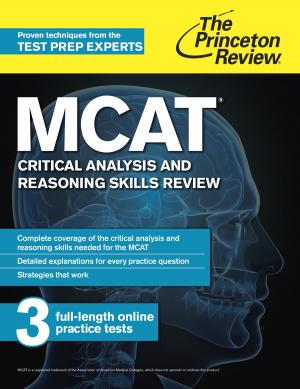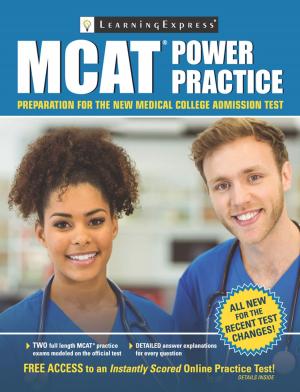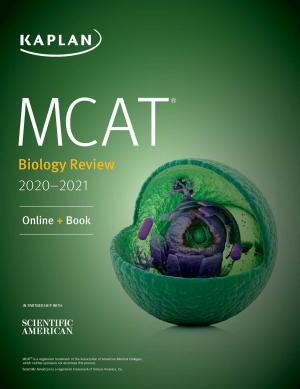| Author: | Christine Butenuth | ISBN: | 9780955355837 |
| Publisher: | First Steps Publishing Ltd. | Publication: | March 17, 2015 |
| Imprint: | First Steps Publishing Ltd. | Language: | English |
| Author: | Christine Butenuth |
| ISBN: | 9780955355837 |
| Publisher: | First Steps Publishing Ltd. |
| Publication: | March 17, 2015 |
| Imprint: | First Steps Publishing Ltd. |
| Language: | English |
This book is based on keywords provided by the Royal College of Midwives to help those who have to pass a numeracy test for midwives, viz. an ability to accurately manipulate numbers as applied to volume, weight, and length, including, addition, subtraction, division, multiplication, use of decimals, fractions, and percentages. In fact there is more than that because the derivation and manipulation of concentrations are also needed. Readers are shown that they use many of the mathematical operations used in midwifery in everyday life and this reduces the “terror” of “doing the maths” to satisfy the requirements set by the NHS. For example readers will have used different currencies when abroad but when we think about what we do to use them we realise how these cannot be added or subtracted or multiplied of divided without transforming one to another (via the “exchange rate”). The same logic is used when changing length, volume, weight or concentrations into different units and different amounts needed in midwifery. By these examples the book deals with the manipulation of numbers, decimals, fractions and percentages and shows these concepts are known to most of us in other contexts; readers will find they have “done this before” (and so know they can do it) but in a different context. The work is divided into 25 short sections, each illustrated to assist comprehension. The text also deals with conversions; length, area, volume are all considered together with their units, and the conversion of these units. Through this it is possible to deal with concentrations. Worked examples are given including how an answer should be checked to ensure you have got the right result. The book also shows the reader what to consider when searching websites for units and why it is necessary to be careful which websites to use for conversions. The Second Edition has an additional section introducing the statistical handling of data that midwives may commonly encounter and to which they may be contributing from the factual data they record at birth (weight, height etc.). Currently Manchester University uses this book for their course.
This book is based on keywords provided by the Royal College of Midwives to help those who have to pass a numeracy test for midwives, viz. an ability to accurately manipulate numbers as applied to volume, weight, and length, including, addition, subtraction, division, multiplication, use of decimals, fractions, and percentages. In fact there is more than that because the derivation and manipulation of concentrations are also needed. Readers are shown that they use many of the mathematical operations used in midwifery in everyday life and this reduces the “terror” of “doing the maths” to satisfy the requirements set by the NHS. For example readers will have used different currencies when abroad but when we think about what we do to use them we realise how these cannot be added or subtracted or multiplied of divided without transforming one to another (via the “exchange rate”). The same logic is used when changing length, volume, weight or concentrations into different units and different amounts needed in midwifery. By these examples the book deals with the manipulation of numbers, decimals, fractions and percentages and shows these concepts are known to most of us in other contexts; readers will find they have “done this before” (and so know they can do it) but in a different context. The work is divided into 25 short sections, each illustrated to assist comprehension. The text also deals with conversions; length, area, volume are all considered together with their units, and the conversion of these units. Through this it is possible to deal with concentrations. Worked examples are given including how an answer should be checked to ensure you have got the right result. The book also shows the reader what to consider when searching websites for units and why it is necessary to be careful which websites to use for conversions. The Second Edition has an additional section introducing the statistical handling of data that midwives may commonly encounter and to which they may be contributing from the factual data they record at birth (weight, height etc.). Currently Manchester University uses this book for their course.
